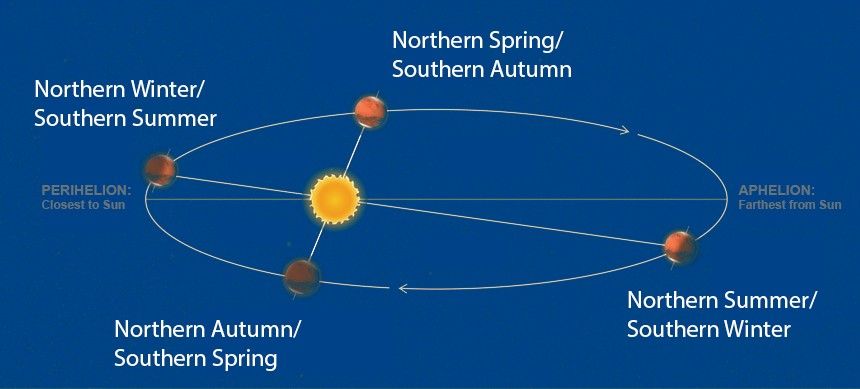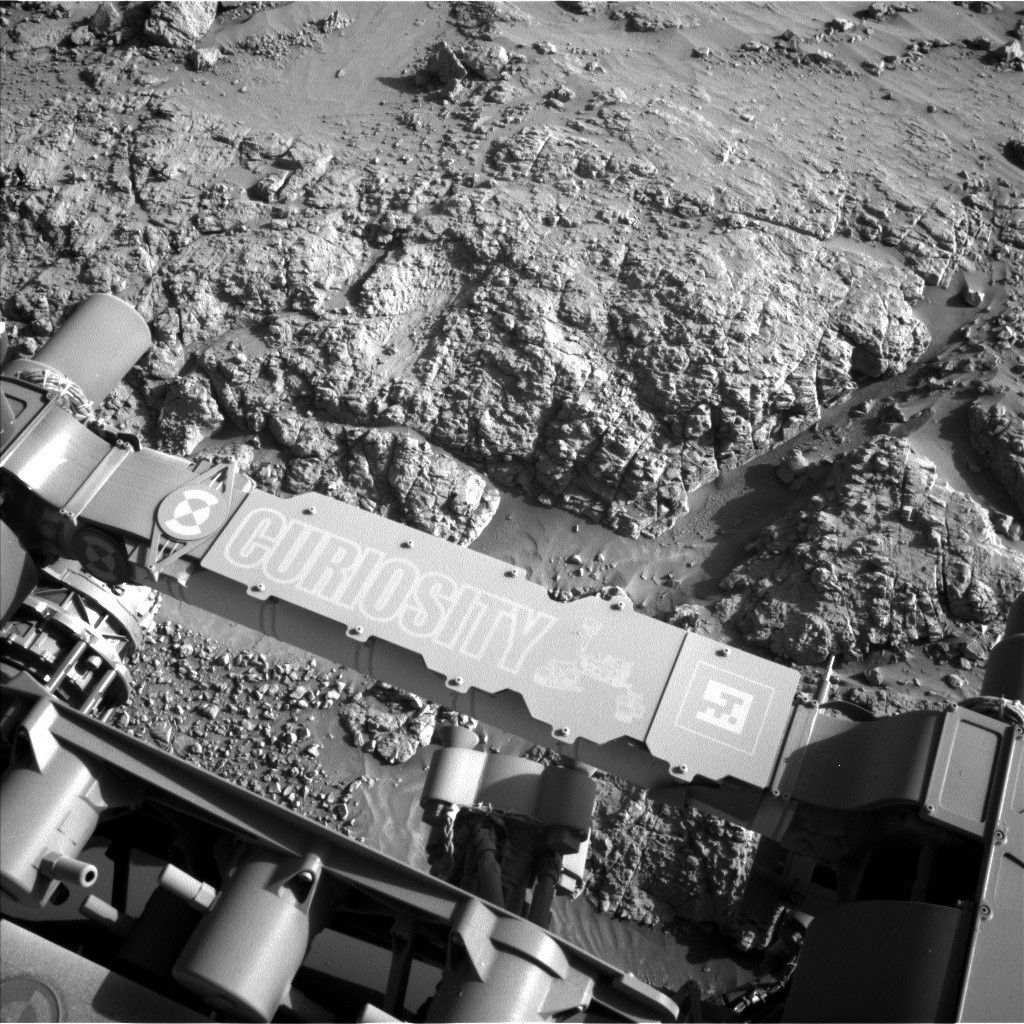Now Reading: June’s Night Sky: Exploring the Solar System’s Seasons
-
01
June’s Night Sky: Exploring the Solar System’s Seasons
June’s Night Sky: Exploring the Solar System’s Seasons

Quick Summary
- The article explores the concept of seasons on different planets in the Solar system:
– Mars: Nearly identical axial tilt to Earth but a year lasts 687 Earth days. weather is extreme, with recent temperatures as low as -18°F recorded in gale Crater (May 2025).
– Saturn: Its axial tilt resembles Mars and Earth, but a single season spans seven years due to its long orbit of 29 years.Observations from earth captured Saturn’s ring plane crossing in March 2025.
– Neptune: Each season lasts over 40 years with gradual atmospheric changes observed using Hubble Telescope images from the late ’90s to early ’00s indicating brightness shifts in Neptune’s southern hemisphere.
- Educational resources like NASA’s Suntrack model demonstrate Earth’s seasonal Sun paths. more activities are available on NASA’s learning platforms.
- accompanying visuals:
– Images include comparisons of Uranus taken by Hubble Telescope showing planetary data from November dates across multiple years.
– A headshot image displayed of author Kat Troche.
Indian Opinion Analysis
Learning about seasons across the Solar System enriches humanity’s understanding of planetary dynamics and allows comparisons that highlight Earth’s unique habitability conditions. for India, advances linked to space exploration – such as studying exoplanets or sharing planetary datasets – could help bolster ISRO’s global cooperation efforts and inspire STEM fields at home. Particularly relevant are aspects like climate modeling or educational tools integrated into school curriculums for enhancing scientific literacy among students nationwide. Collaborative education programs via platforms like NASA provide a starting point for fostering international partnerships that might benefit India economically and technologically while encouraging its youth toward space-related careers.

























